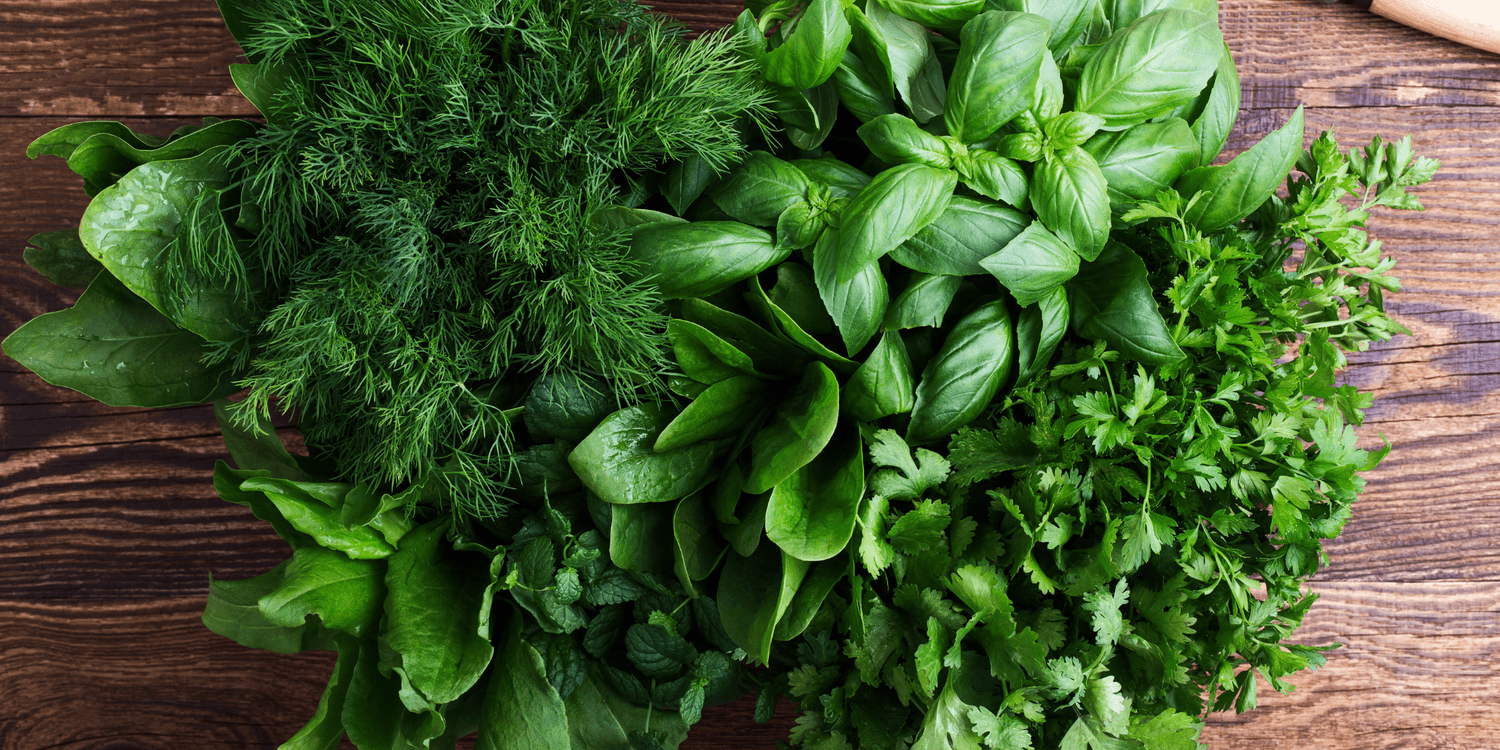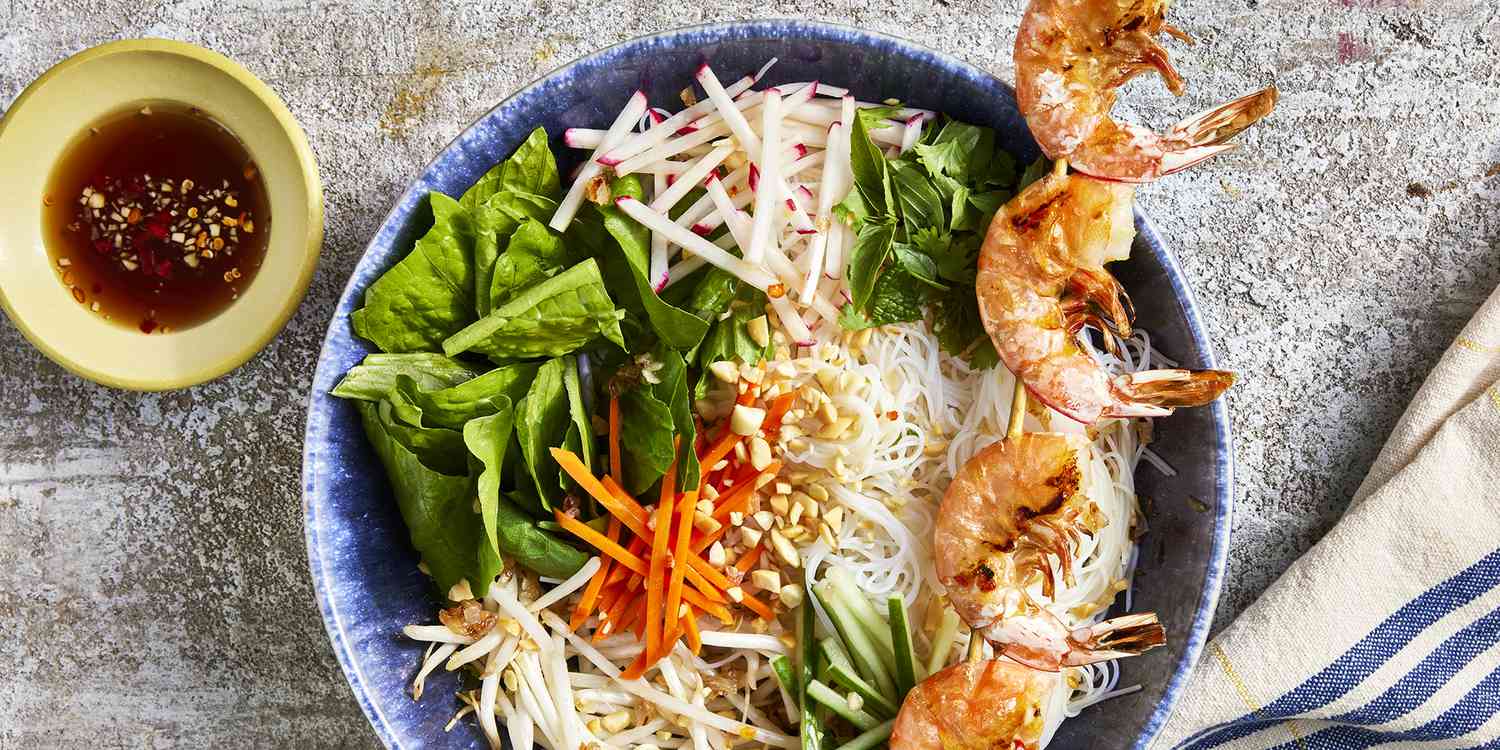Pears popping up at farmers markets and in grocery stores are a signifier that the autumn season has started. So, if you brought home a large bounty of pears, the next thing you might be wondering is how to store pears to maximize their shelf life. Learn how to store pears effectively with a few simple tips.
How Long Do Pears Last?
Fridge: 3-5 days
Room temperature on the counter: 5-10 days
In freezer: 8 months to one year
Where to Store Pears
Where to store pears depends on how ripe they are and when you plan to eat them. Pears ripen as they sit at room temperature, so if you bring some pears home that feel very firm to the touch, with no give, plop them on the counter for a few days to ripen. If you want to ripen your pears quickly, place them in a bowl or even a paper bag with apples or bananas — these fruits give off ethylene gas, which naturally ripens fruit around it.
Usually, this should be avoided as bananas especially can cause other fruit to go bad quickly, but in the case of underripe fruits like pears, it can actually be beneficial. Pears are ready to eat when they have a bit of give when lightly squeezed.
How to Store Pears in the Fridge
If your pears are about the amount of ripeness you like, storing them in the fridge will keep them that way for three to five days. The refrigerator significantly slows the ripening process but doesn’t stop it altogether. Pears are very delicate and can bruise easily; any roughness can lead to breaks in the skin or mushy spots, so handle with care.
For best results, place pears in a paper bag in the crisper drawer; stored here, they will last the longest.
Storing Pears at Room Temperature
Pears don’t ripen on the tree, so they have to sit out for a while to get them to that perfect texture for snacking. Some of this is done along the supply chain at the farm, during transport, and in the store. But many pears are still a bit hard by the time they make it home with us.
Storing pears at room temperature is the easiest way to help this process along. Most varieties of pears will be happy nestled into a large fruit bowl on your kitchen counter where they can ripen at their own pace. Putting pears in a bowl with other fruits can hasten the ripening process, but it can also make the pears go bad and start to rot if they’re together for too long.
Aim to give your pears some room to breathe, and try not to stack them on top of each other. How long they’ll last depends on where they are in their ripening journey and what other fruits are around, but generally, you can expect pears at room temperature to last anywhere from five to ten days, with about a week being the average.
How to Freeze Pears
Freezing pears is a great way to preserve your bounty when pear season is in full swing and then enjoy them all year long. Frozen pears work best in cooking and baking since the freezing process degrades the texture somewhat. They’ll still be just as delicious, but a frozen and defrosted pear won’t have the same firmness as a fresh pear.
- To freeze pears, first start by inspecting them for any blemishes or slimy areas. If you find any, be sure to thoroughly cut them out.
- Next, peel and core your pears; you can simply cut them in halves or quarters, or if you know you plan to use them for pie filling or pear jam, dice them. Spread them out on a silicone mat or foil-lined baking sheet and freeze for at least three hours.
- Once pears are fully frozen, move them to a freezer-safe plastic storage container or zip-top bag. Label and date your pears, and use them within one year.
How to Tell If Pears Have Gone Bad
Pears have such delicate skin that it’s usually very easy to spot imperfections. However, this doesn’t mean the whole pear has gone bad. Surface defects can easily be cut around and discarded while the rest of the pear is safe to eat. Just be on the lookout for any blemishes that are too large to cut out or go deep into the fruit; this is a sign it’s time to toss it.
Pears ripen outward, so the inside, closest to the core, is the ripest and softest, while the outside that we see and feel is less ripe and, thus, firmer. Give the pear a light squeeze; if it feels really soft, that is usually a good indicator that it’s past its prime. If the outside is very soft, the inside will be unpleasantly mushy.




